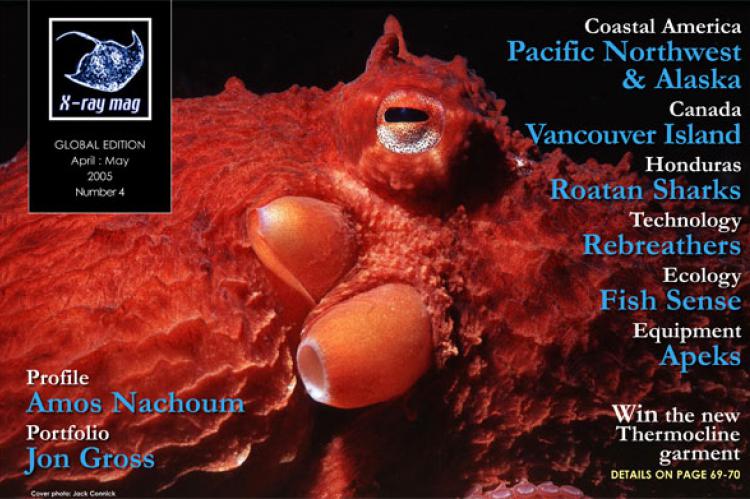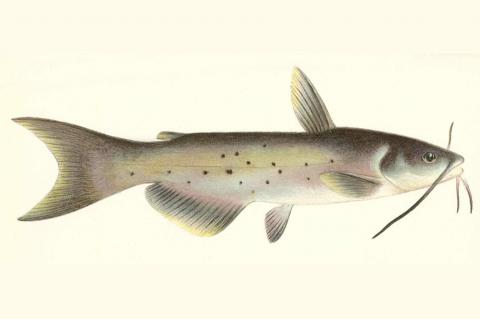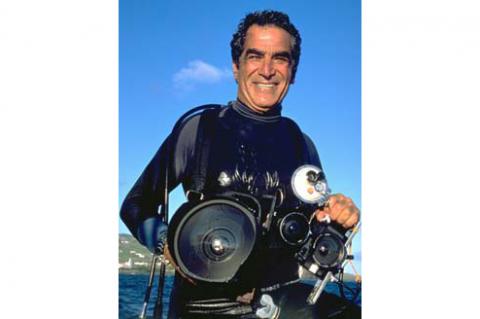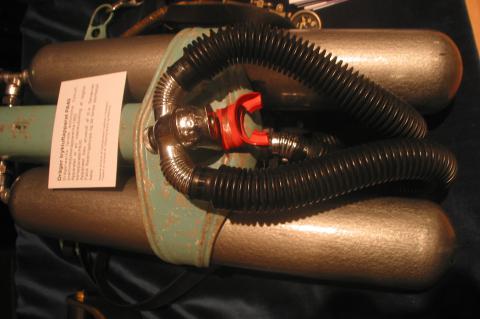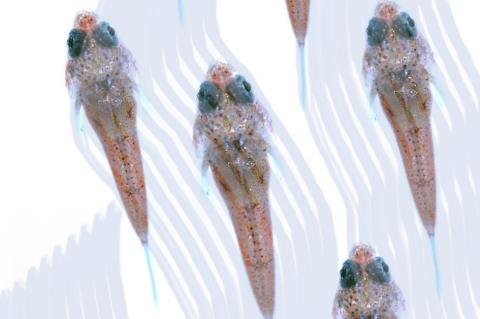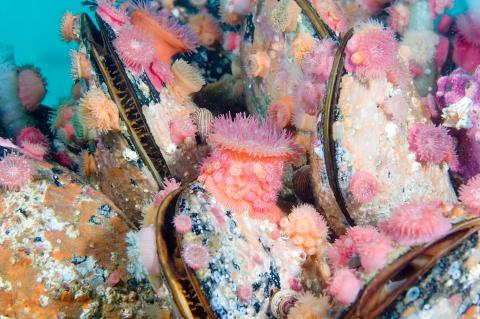X-Ray Mag #04
Description about to be updated
Main features in this issue include:
A Fishy Sixth Sense
The environments in which the many fish species have evolved are very diverse, ranging from the shoreline to the deep-sea depths, from fresh-water streams to tropical lakes.
Because of the great variety of these habitats, the senses of these different species have consequently evolved quite differently, exhibiting a great diversity, with many senses not yet understood or even identified. There are thus still many mysteries regarding the behaviour of aquatic creatures. For example, how do eels find their way across the Atlantic ocean? Why is it so very difficult to swim up to a fish from behind without being detected? And even bank-side freshwater fishermen, for example, know that the vibrations from footsteps can be detected by fish.
Amos Nachoum
Amos Nachoum, world acclaimed wildlife photographer is the recipient of numerous photographic awards and acknowledgements for his ground breaking work in free diving with Great White Sharks and Orcas in the open ocean, speaks to underwater photographer, Edwin Marcow, about his life, work and vision.
"The discipline that I acquired from being under fire, having to cope with being put into strange situations, and understanding how to prepare for it, makes me feel a lot more comfortable underwater with any subject. Of course, no encounter is the same as another..."
— Amos Nachoum
Introduction to rebreathers
There is more and more talk of rebreathers, stated as being the future of diving. However, not many people have tried them. So what is all the fuss about?
It is reliable, more or less foolproof, and its simple construction is very robust. These are good properties to have when one’s underwater breathing depends on them. However, as we will see, there are also a number of disadvantages.
Marathon Fish Larvae
Coral reef fish ecology is a new research area, probably just about 40 years old, compared, for example, to research in temperate fish ecology, which has been studied extensively for more than 100 years. Therefore, coral reef fish ecologists often have to “borrow” knowledge from what we know about temperate fishes, simply in order to establish the first research in coral reef fish ecology.
However, this sometimes causes some big “bloopers”. Such a blooper is the case regarding the swimming abilities of coral reef fish larvae.
North America's 'Pacific Northwest'
Puget Sound • San Juan Islands • Strait of Juan de Fuca • Vancouver Island • Alaska.
The waters of the northern Pacific coast of North America are some of the richest in the world in terms of marine life and natural resources due to a continual influx of nutrients brought by currents that circulate in the region. Divers will find both awe-inspiring and challenging experiences to enjoy here.
Picking the right dive site at the right time of year and the right time of day with the right dive operator, those of us who are avid underwater photographers can capture some fantastic images on film. The people who live in the Pacific Northwest are friendly and casual, helpful folk.
Pacific Northwest - A rhapsody in red
What wonderfully brilliant red colors one can find in the underwater realm, especially in the Pacific Northwest regions of North America. Why are these marine species so red? How do they get that color? What purpose does it serve? As in many cases in nature, it comes down to simple survival.
Food
Redundancy - double bagging for divers
In the world of technical diving, a direct ascent to the surface is not an option if you run into a problem or emergency. For this reason, technical divers are required to carry back-up systems to resolve problems associated with equipment malfunction during a dive.
But what about the rest of us?
Fortunately, there are a lot of good lessons and readily applicable techniques to be learned from the world of technical diving, that can make diving much safer, without being a real bother or overshadowing the experience.
Scrubbers & Sensors
There is more and more talk of rebreathers, stated as being the future of diving. However, not many people have tried them. So what is all the fuss about? The greatest majority of the readers of this magazine will have learned to dive with a regulator originating from the Aqualung, which the renowned Jacques Cousteau and Emile Gagnan invented in 1940.
The regulator was the first commercial, generally available dive-system, and this promoted the later great expansion of sports diving everywhere. And it must be said that the regulator is a fine piece of equipment.


